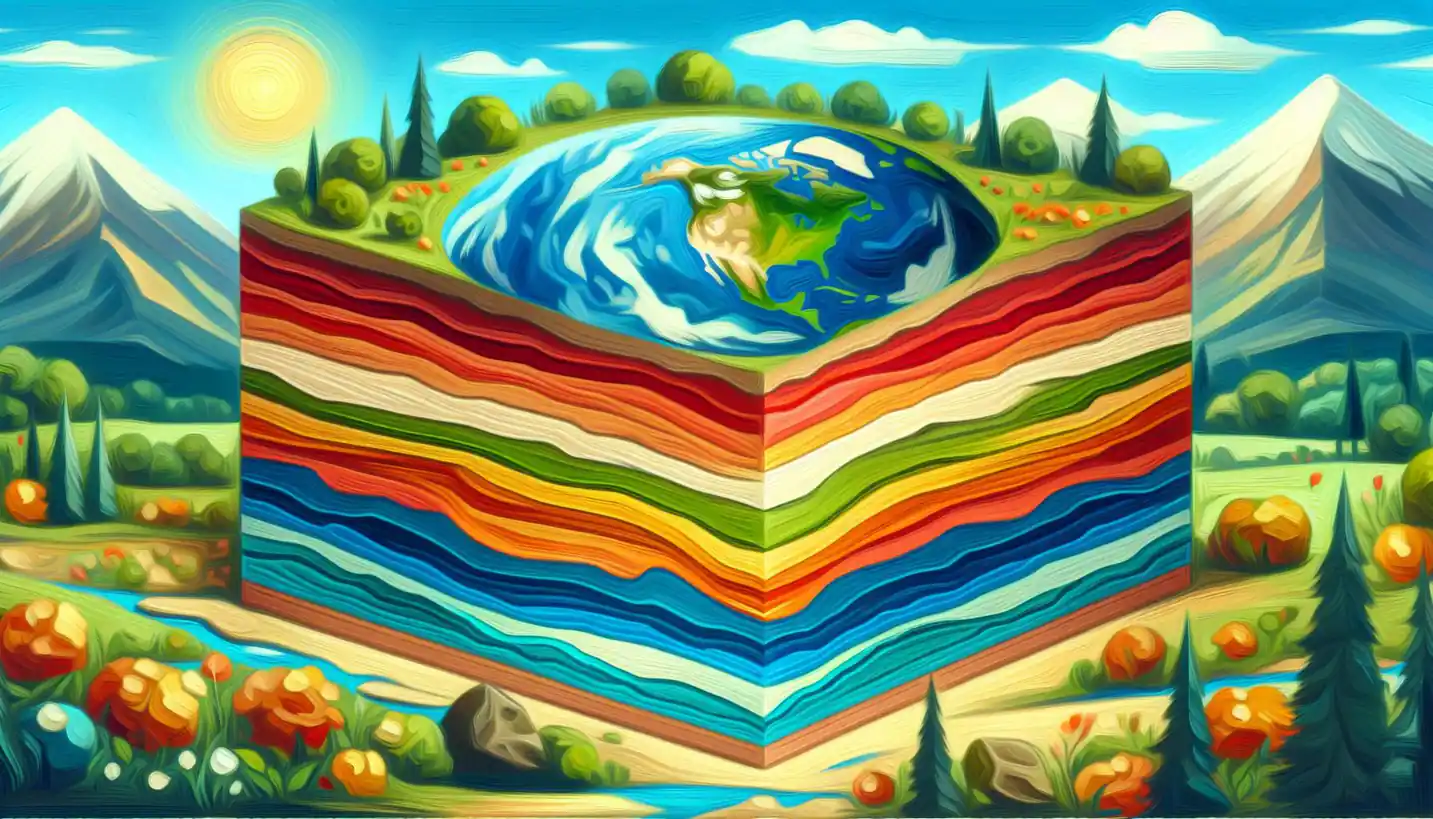· Geography · 3 min read
Fault Scarp Mysteries: Nature's Geologic Artwork
Fault scarps are nature's geologic artworks, revealing Earth's shifting crust. Uncover the processes that carve these striking landscape features.

Fault scarps are an intriguing geological feature. They aren’t just any bump on the Earth’s surface; they’re the result of dynamic forces shaping our planet. So, let’s dive right in and unravel the story of fault scarps.
What Is a Fault Scarp?
Ever notice a steep slope or cliff interrupting an otherwise smooth terrain? That’s a fault scarp. It forms when the Earth’s crust cracks and shifts due to tectonic forces. Imagine snapping a chocolate bar: the broken pieces shift and create jagged edges, right? Similarly, when tectonic plates move, they can break the crust, leading to a visible offset called a fault scarp.
The Mechanics Behind It
Earth is like a giant jigsaw puzzle, composed of tectonic plates floating on the semi-fluid mantle. These plates constantly move, albeit very slowly. Sometimes, they get locked in place due to friction. When the stress builds up enough to overcome this friction, the plates suddenly jerk into a new position. This sudden shift can cause earthquakes, and if it happens near the surface, a fault scarp can form.
Real-World Examples
Take the San Andreas Fault in California. It’s famous not just for its potential to cause quakes but for the scarps it leaves behind. The 1906 San Francisco earthquake gave us a clear view of a fault scarp, with visible displacement along the Earth’s surface.
Another example is the Alpine Fault in New Zealand. It runs almost the entire length of the South Island and is responsible for pushing the Southern Alps upward.
Why Are Fault Scarps Important?
Fault scarps give geologists clues about past seismic activity. By studying them, scientists can estimate the frequency of earthquakes in a region. They also provide insights into the magnitude of these quakes. This information is crucial for developing building codes and preparing communities for possible future events.
Sculptors of the Landscape
Fault scarps not only tell stories of past tectonic activities but also shape the landscape. Over time, erosion and weathering can modify them, but they often remain prominent features. In some cases, they create natural dams, lakes, or valleys, reshaping ecosystems and impacting local geography.
Ongoing Research and Unanswered Questions
While we’ve learned a lot, there are still mysteries surrounding fault scarps. How accurate can predictions get for future tectonic activity? What new technologies might help us understand these features better? Scientists are continuously exploring these questions, using everything from drones to satellite imagery for detailed mapping.
As we continue to study fault scarps, we deepen our understanding of Earth’s history and the forces still at work today. These natural formations are more than just lines in the rock; they are the evidence of the ever-active dynamism of our planet.
Fault scar ps are a vivid reminder of Earth’s restless nature. They stand as evidence of a planet in constant motion, recording the immense power beneath our feet. Whether you’re an aspiring geologist or just curious about the world, these features tell a fascinating tale of past events and promise future discoveries.



